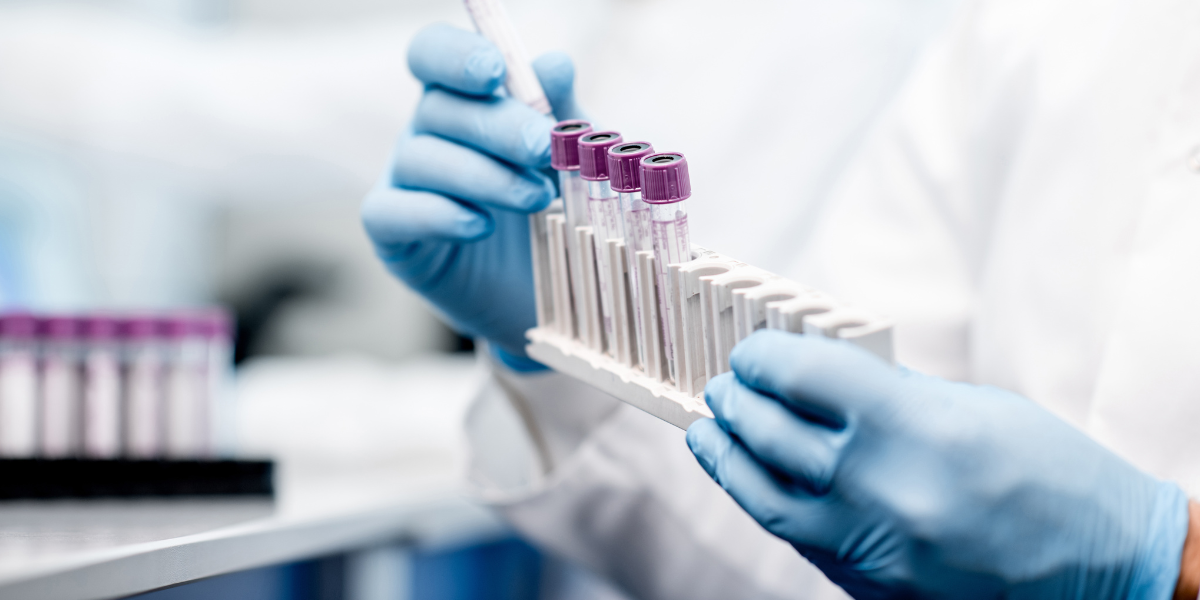Continuous Monitoring Systems: Safeguarding Your Samples in R&D

Continuous Monitoring Systems: Ensuring Sample Integrity from Discovery to Post-Market Surveillance
In research and development (R&D), the protection of samples is tantamount to safeguarding the future of scientific innovation. Samples are the keystones upon which hypotheses are tested, discoveries are made, and breakthroughs are achieved. This expert article delves into the indispensable role of continuous monitoring solutions in preserving the integrity of these precious samples across all phases of R&D.
The Vulnerability of Samples and the Need for Diligent Monitoring
Samples, particularly in life sciences and biotech research, are often sensitive to environmental changes. Fluctuations in temperature, humidity, or other conditions can compromise their integrity, leading to skewed results or the loss of irreplaceable biological materials. Continuous monitoring solutions provide a safeguard, ensuring that samples are kept under optimal conditions, with data integrity and compliance at the forefront.
Table: Continuous Monitoring Protection Across R&D Phases
| R&D Phase | Sample Vulnerabilities | Protection Offered by Continuous Monitoring Solutions |
| Discovery | Contamination, degradation or compromise due to environmental exposure or improper conditions | Real-time alerts for deviations and excursions in critical environmental parameters |
| Preclinical | Temperature-sensitive reactions, Humidity-induced alterations | 24/7 data logging and trend analysis for early detection of issues, Immutable recording of events and corrective actions |
| Clinical Trials | Sample stability for accurate results, Compliance with regulatory standards | Automated compliance reporting, Secure audit trails for data integrity |
|
Post-Market Surveillance |
Long-term storage conditions, Ongoing efficacy and safety monitoring |
Integrated environmental controls, Extensive historical data archiving |
Continuous monitoring systems are not just about reacting to problems; they are about preventing them. These systems provide a comprehensive view of the sample environment, offering insights and control measures that are simply unattainable with manual monitoring methods.
From the initial discovery phase, where the foundation of research is laid, to the critical clinical trials determining a product's viability, and through to the post-market surveillance that ensures ongoing safety and efficacy, continuous monitoring systems are the silent sentinels. They stand guard over the conditions that could mean the difference between success and failure in the R&D process.
Discovery and Preclinical Phases
In the discovery and preclinical phases, research samples are at their most vulnerable. They are being exposed to new conditions and subjected to rigorous testing. A continuous monitoring system ensures that any environmental parameter that could negatively impact these samples is kept within strict limits, allowing for the most accurate and reliable data collection.
Clinical Trials
Clinical trials are the bridge between the bench and the bedside, where the efficacy and safety of new treatments are rigorously evaluated. Here, continuous monitoring solutions not only protect samples but also ensure adherence to Good Clinical Practice (GCP) guidelines and other regulatory requirements. These systems provide the traceable, tamper-proof records necessary for regulatory submissions and approvals.
Post-Market Surveillance
Even after a product has entered the market, continuous monitoring plays a critical role. It ensures the long-term stability of samples that may be needed for future studies or reference. Moreover, in the event of adverse findings, robust historical data provided by continuous monitoring solutions can be invaluable in tracing and addressing the root causes.
Technical Considerations for Implementing Continuous Monitoring Solutions
The implementation of continuous monitoring solutions requires a strategic approach that considers the specific needs of the R&D lifecycle:
- Scalability: The system must be able to grow and adapt with the expanding scope of research projects.
- Flexibility: Different samples may require monitoring of different environmental parameters, necessitating a versatile system capable of multiple types of data collection.
- Reliability: The system must provide consistent, accurate data without fail, as any gap in data could result in significant setbacks.
- Security: With the increasing importance of data security, systems must ensure that all collected data is protected against unauthorized access.
Conclusion
Continuous monitoring solutions are more than just tools; they are integral to the success of modern R&D. They provide the data and control necessary to protect valuable samples through every phase of research, ensuring that the path from discovery to delivery is navigated with precision and care.
As the industry evolves and the stakes of research grow ever higher, the adoption of sophisticated continuous monitoring solutions becomes imperative. These systems not only protect valuable samples but also support the scientific rigor and regulatory compliance that are the hallmarks of exemplary R&D. For those seeking to lead in the field of research, investing in such technology is not just an operational decision—it is a commitment to excellence and innovation.
Getting Started with Mesa’s Precise, Compliant Continuous Monitoring Solutions
At Mesa Labs, precision and compliance are at the forefront of everything we do. Explore our continuous monitoring solutions and learn how to achieve highly accurate ongoing data collection for key factors like temperature, pressure, and humidity monitoring to protect your critical assets and processes.